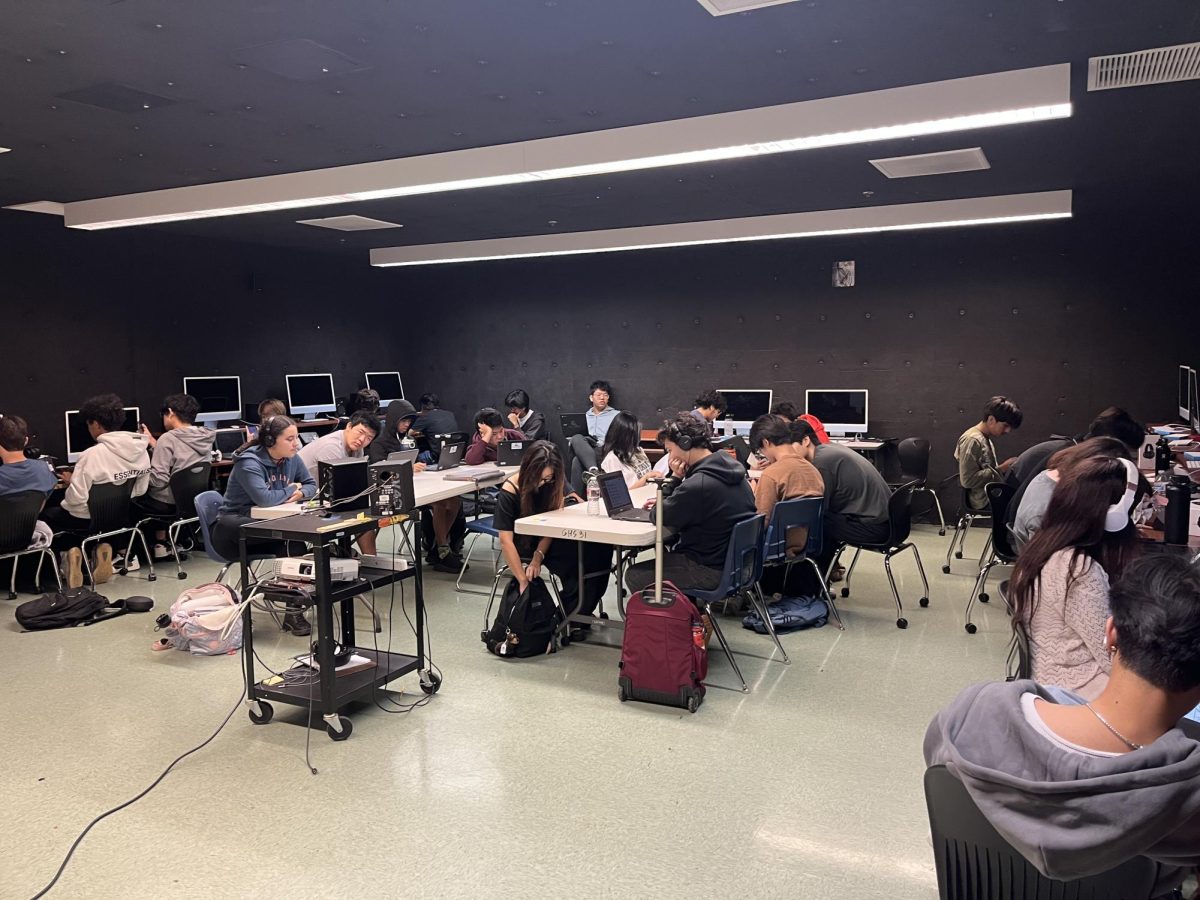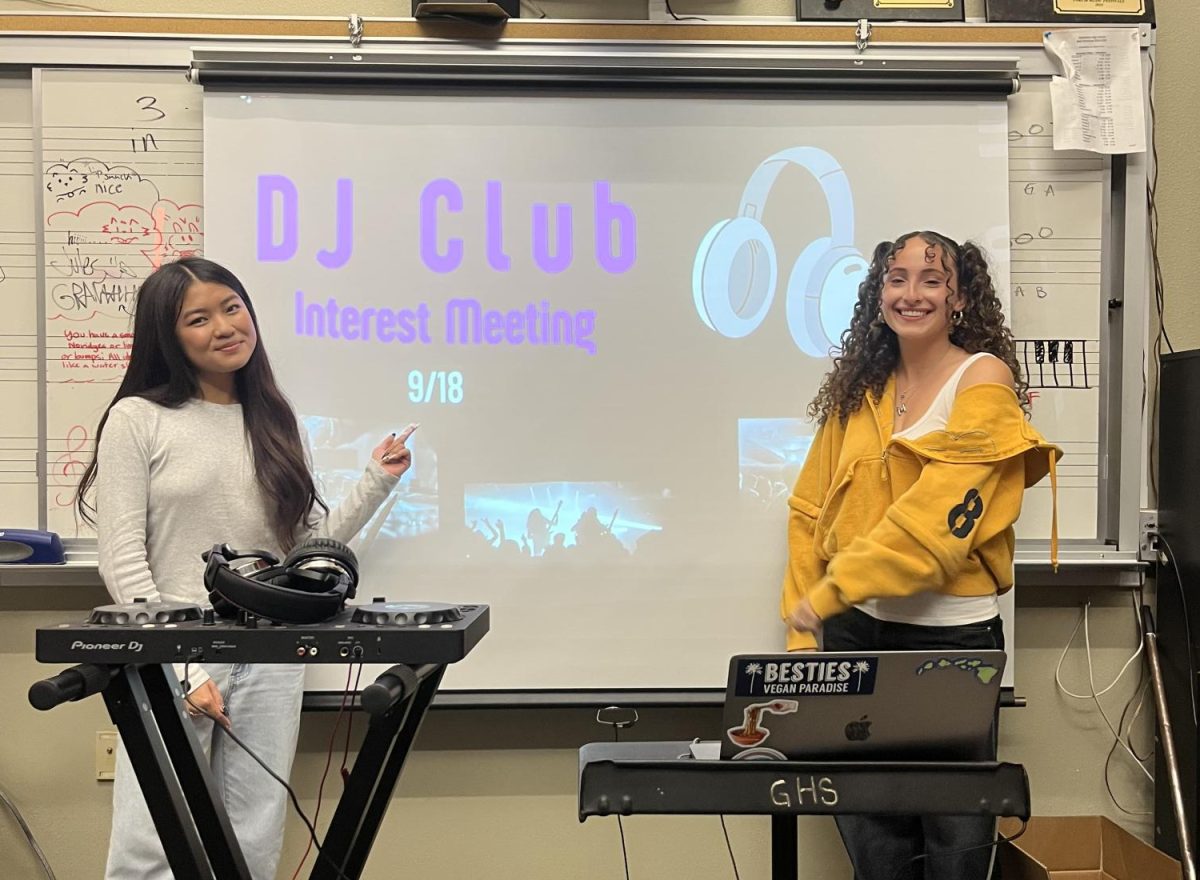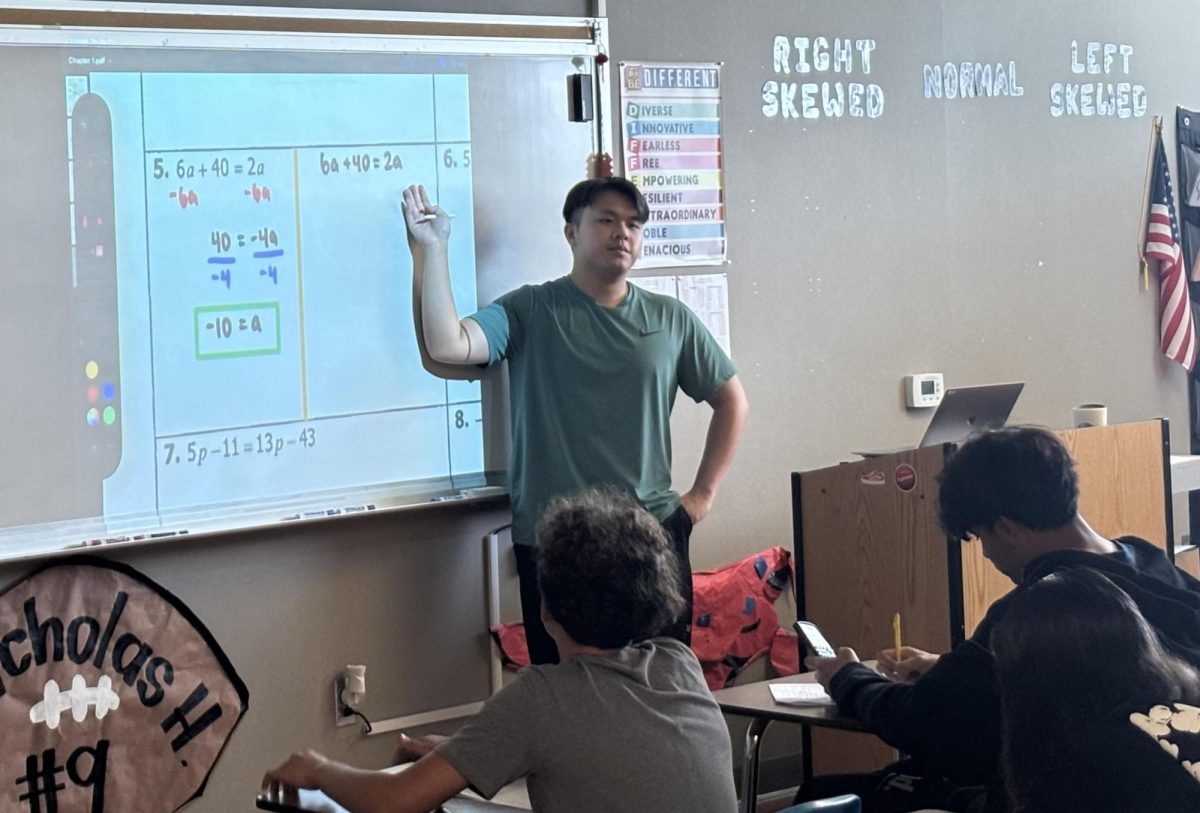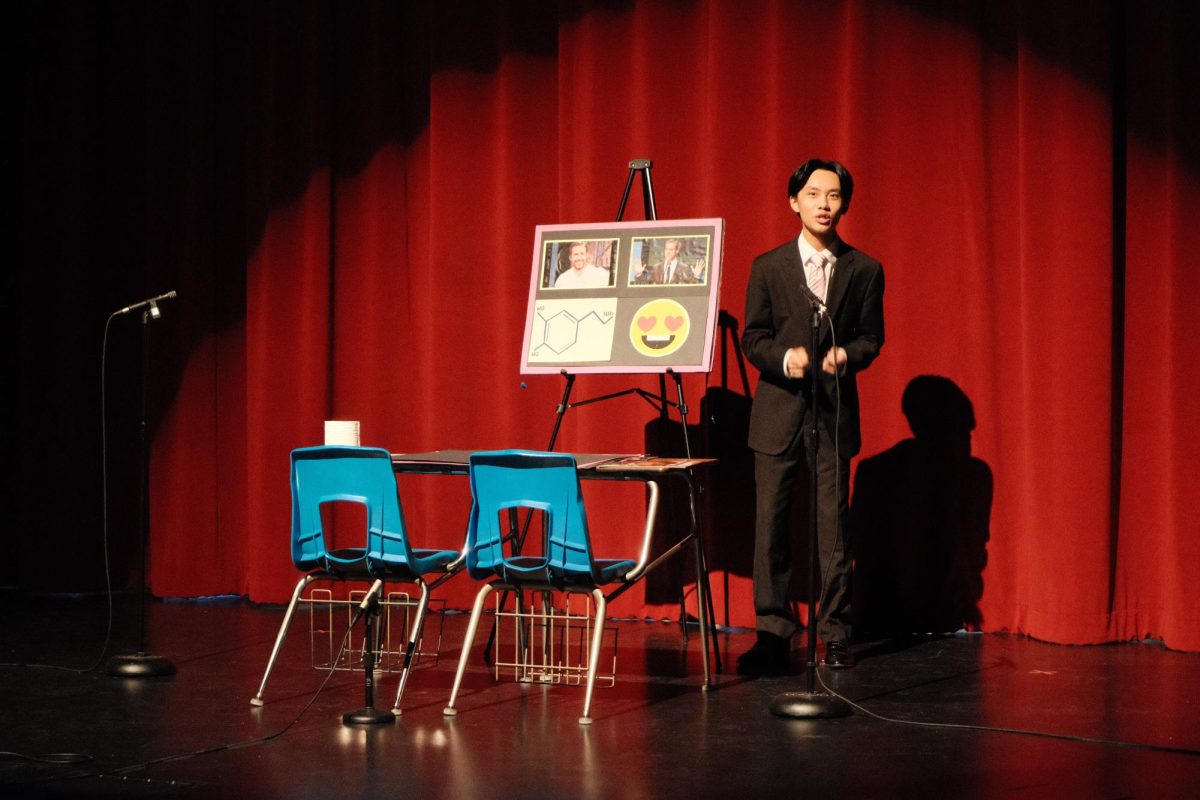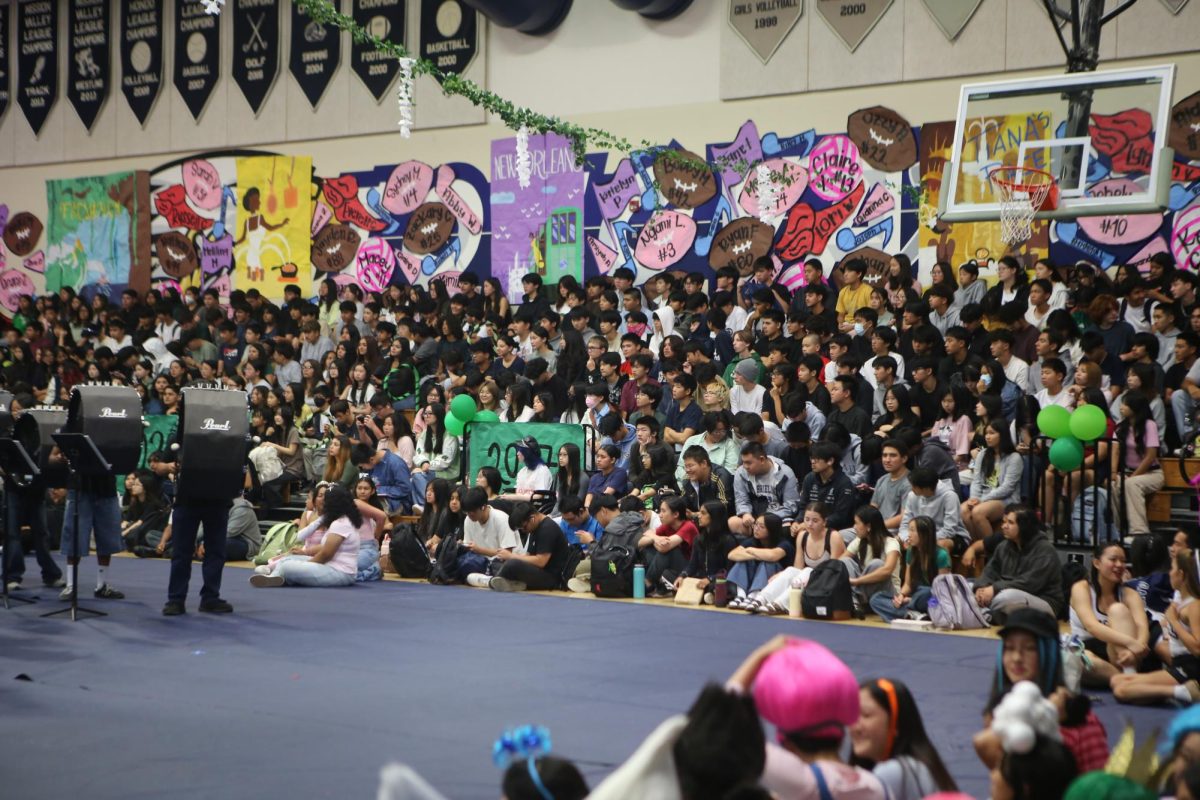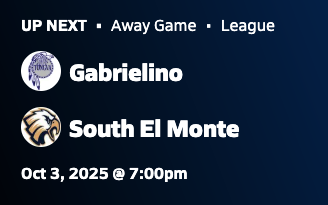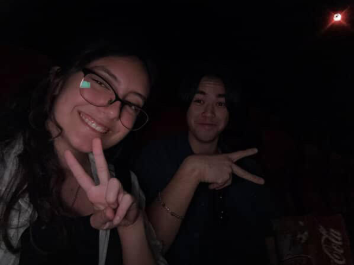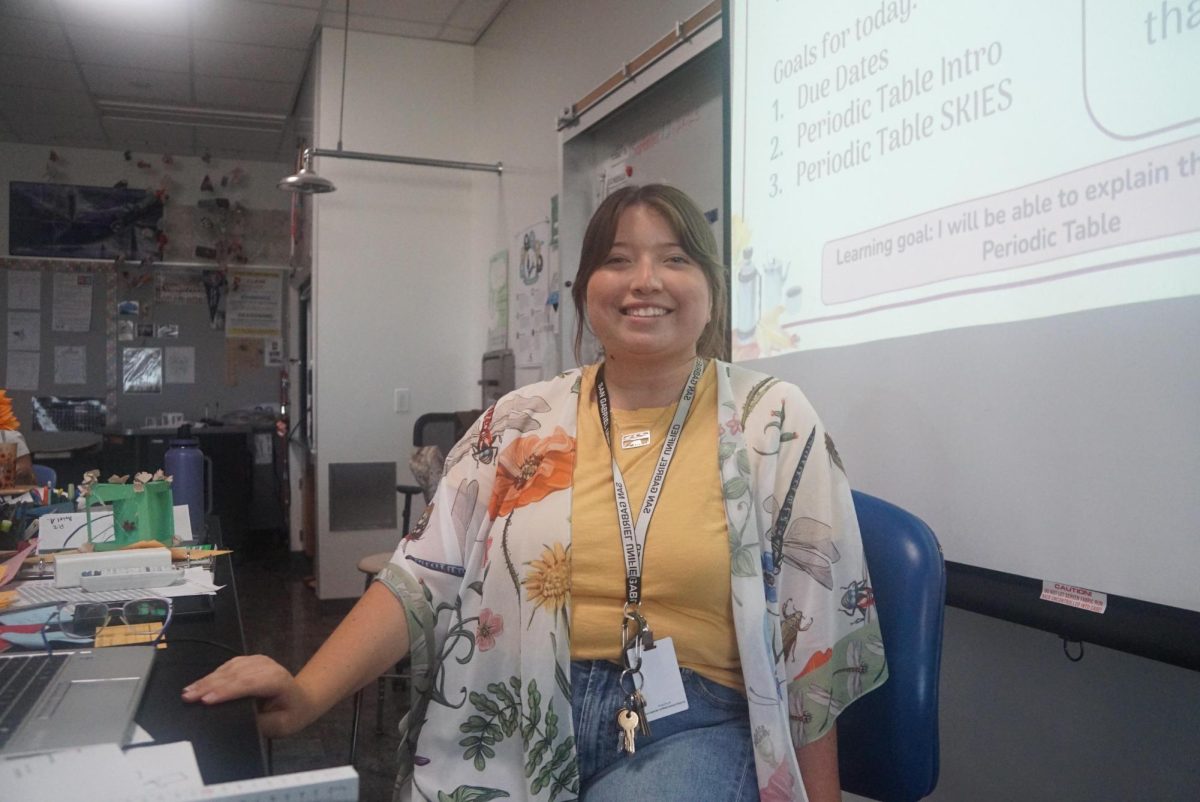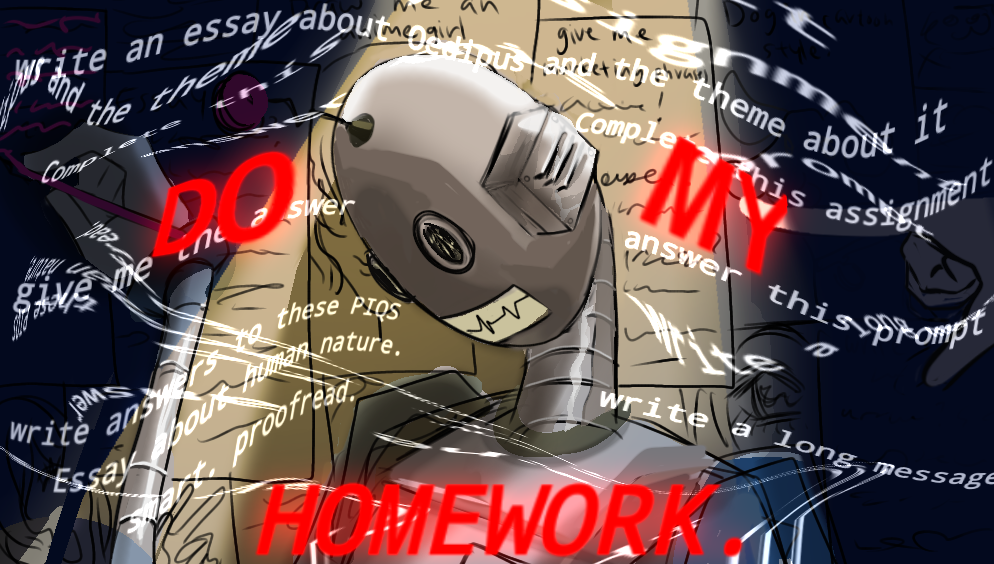Every Tuesday and Thursday, the halls fill with the hurried footsteps of Gabrielino students as they stream in and out of their Embedded Time classrooms. The Embedded Time period, which takes place right after lunch every Tuesday and Thursday, can be used according to students’ personal preferences: some dutifully complete schoolwork, others wear headphones and nod along to music as they take a mental break, and still others put their heads down and rest. While Embedded Time has been a constant at Gabrielino for years, it has recently undergone a change.For the first time, school administration has begun assigning students who struggle in a particular class to receive hands-on instruction during Embedded Time. Lauren Kawai, math teacher, explains how this will work, stating that for her class, “students who didn’t do so well on the chapter one test are going to do a retake packet to prepare them to take the test again.” She said the goal is to “support these students and improve their grades in these classes.”
Kimberlee Diep, sophomore, was not affected by the changes but finds that she enjoys Embedded Time the way it is. She spends the period tapping away on her Chromebook and completing assignments. As a member of the track and field team, she often arrives home late with little time to complete her schoolwork before the next day. Embedded Time gives her “a lot of time that students don’t usually have, especially if they play a sport,” which she calls a “lifesaver.”
Samantha Estrada, junior, agrees that Embedded Time can be “a moment to get a refresh if your brain is fried,” but believes it could benefit from improvements, including the new change. She noted that Embedded Time often includes required slideshows—especially at the start of the year—and believes the period would be more valuable with less teacher instruction and more flexibility for students. Estrada added that required instruction during Embedded Time should be “short and snappy,” allowing more time for students to focus on their own needs.
Students at other schools, like Walnut High School, also have varied opinions on their own versions of a study hall period. Some appreciate the break to complete assignments or study, while others feel the lack of structure leads to unproductive use of time and makes the school day feel unnecessarily longer. Some students use the time as a break from demanding schedules and find it beneficial to their emotional well-being, while others would prefer to take another course to use their time more effectively.
Whether students end Embedded Time by studying, removing their headphones, or waking from a much-needed rest, the period is meant to serve and benefit them—however they choose to use it.



